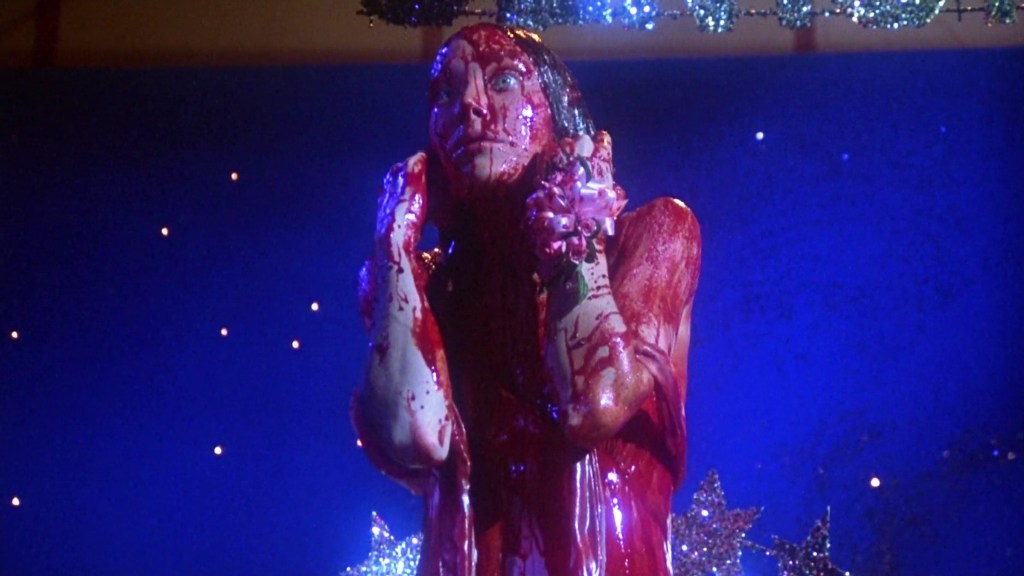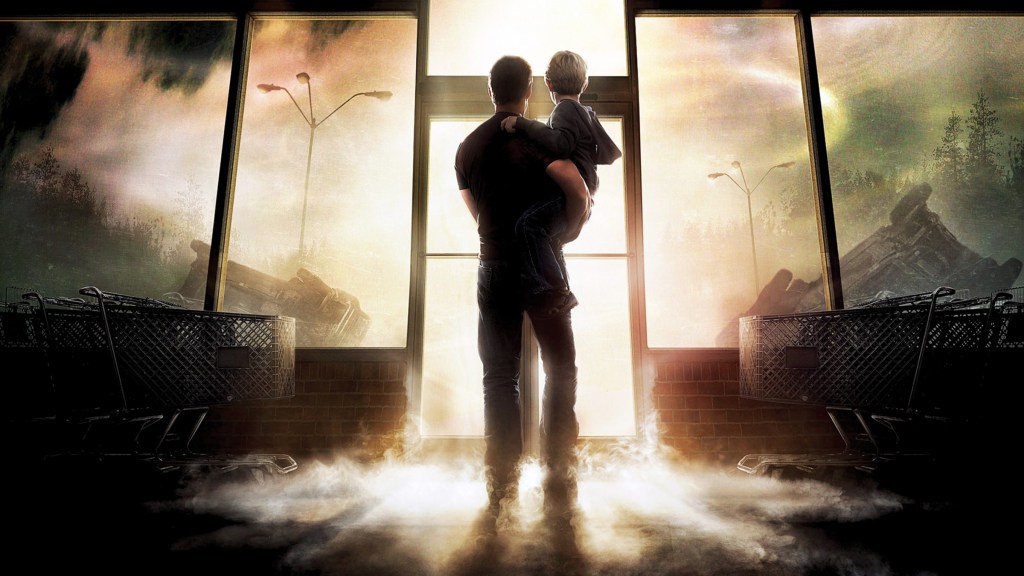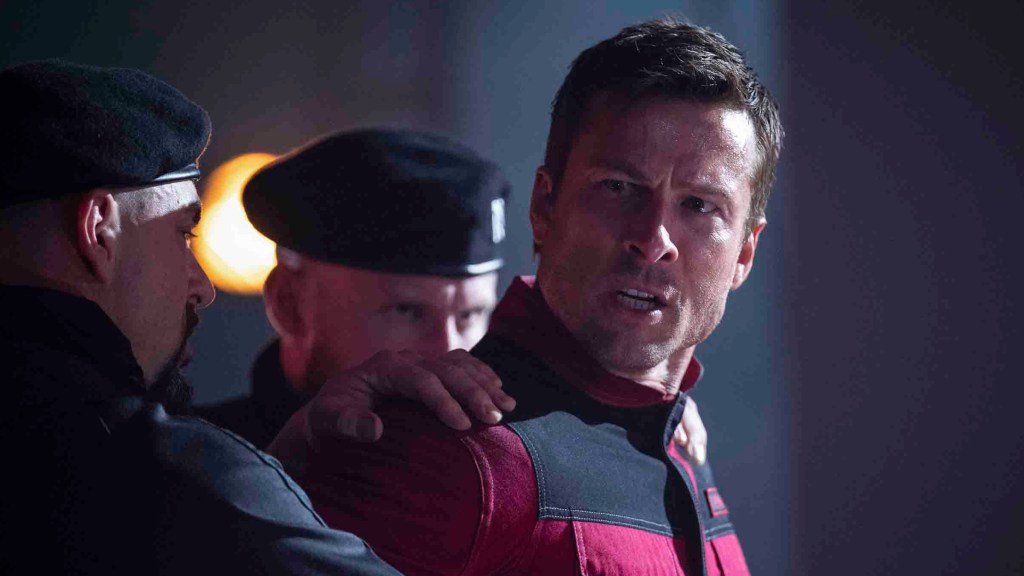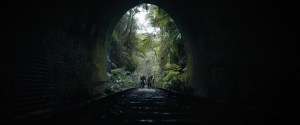With over 60 novels and more than 200 short stories to his name, Stephen King is one of the most prolific writers in history. As a result of his extensive output, feature film (and television) adaptations of King titles permeate pop culture; even the books that are considered impossible to adapt have actually made their way to the big screen, while others won’t go away no matter how different they are from the source material. There are countless derivative works based on Stephen King’s titles out there, and only a handful of them are actually great adaptations of how the master of horror envisioned them.
Videos by ComicBook.com
Titles like The Green Mile and The Shawshank Redemption are the rare movies that really are “perfect adaptations,” meaning you won’t find them here. What follows are four movies that not only stick incredibly close to King’s source material but are almost one-for-one adaptations, which have just one little change that makes them stick out from the book they’re based on. In truth, it’s likely not a bad change, but it’s enough of a difference that it makes readers sit there and think, “Now, hold on a minute.”
4) Carrie (1976)

Perhaps it’s unfair that Brian De Palma’s adaptation of King’s first novel, Carrie, makes the list as the film arrived before King was a world-renowned author and before a majority of the books had reached lengths where they could be dubbed “tomes.” As a result, though, the film had a pretty manageable amount of narrative real estate to work with, enough that its 98-minute run time has no fat on it and manages to bring almost everything from the book to the screen.
The only real changes in the Carrie feature film from the text are in its conclusion. King’s original novel wraps up with the fallout of the prom incident and also a tease of someone else having a young daughter with telekinetic powers that are developing, whereas the film wraps up with the big jump scare of Carrie‘s dead arm reaching up from the rubble of her family home. Despite these changes, it’s a damn near perfect adaptation of King’s work.
3) IT (2017)

The big change in IT (2017) that makes it an “almost perfect” adaptation is twofold. The first is that it really is only half the story of the book itself; in truth, it’s the better half. Though King’s novel weaves the kid and adult storylines of IT in between each other, the film made the choice to focus on one half in one film and, if successful, tell the other half later. As we know, they got to tell that story (and continue to explore it even now).
The second thing that keeps this one from being a “perfect adaptation” is that the time period had to be changed. King’s source material had its two storylines set in the 1950s and 1980s, with the 2017 and 2019 feature film shifting that timeline up. IT (2017) is set against the backdrop of 1988, making the childhood of the kids in the story pretty distinctly different from the one in the text. That said, the movie does include key pieces of the book previously missing from the miniseries adaptation, and which make it a great adaptation, such as IT’s other forms beyond Pennywise, like The Leper and its use of the Deadlights.
2) The Mist

In truth, The Mist may be one of the most accurate adaptations of a Stephen King work, as the novella itself only gives it so much to work with. As a result, the movie manages to hit on all of them, including things like: Norm being dragged away by mysterious tentacles, the light of the store attracting giant buts that attract giant dinosaur-like monsters, teases of the “Arrowhead Project,” Mrs. Carmody starting to convince some of the people in the story that the mist is divine judgement, and even giant spiders invading the nearby pharmacy.
The most famous change The Mist movie makes from its source material is, of course, the conclusion. King’s novella wraps up with David and a few other survivors making their way through The Mist with their future uncertain. In the film, David runs out of gas in his car and elects to take the lives of his fellow survivors with the remaining bullets they have to spare them a horrible fate. Afterward, though, the mist retreats, and the army arrives, begging the question, did David just lose patience or was Mrs. Carmody right? The dour ending has made The Mist one of the most famous Stephen King adaptations, due in no small part to the change of the ending. The key difference between this movie change and the book, however is that King himself endorses it and wishes he had thought of it.
1) The Running Man (2025)

Edgar Wright’s The Running Man isn’t a remake of Arnold Schwarzenegger’s 1987 film of the same name but is, in fact, a new adaptation of Stephen King’s novel. Though the first movie took some major liberties with the source material, enough that it could land on a list of “Stephen King Movies That Are the Worst Adaptations of All-Time,” the new film hits most of the major beats from the novel with minimal shifts like prize money totals and character descriptions, albeit one major change. To elaborate now, we’re going to need to issue a Spoiler Warning for The Running Man.
Even The Running Man trailers seemed to hint at the new movie sticking with the dour ending that defined the book, though now that it’s here, the film made a big shift. In the text, Richards takes the plane he’s flying and deliberately crashes it into the building where The Running Man creator Dan Killian is located, killing them both. In Wright’s film, the plane is shot out of the sky before it can reach the building, prompting a finale where Richards is believed dead, only to lead an insurrection on The Running Man studio, killing Richards with a gun as the credits roll.
It seems likely that The Running Man‘s ending was changed to not remind audiences of 9/11, but perhaps most importantly, to preserve Glen Powell’s leading man potential, giving him a heroic moment in its final seconds but also making sure he’s still alive at the end. As a result of this change, it takes a lot of hte bite out of the novel’s ending, and makes its status as an adaptation “almost perfect.”









